This trio of ’80s Japanese sports cars could have made their mark
Automotive history is littered with “almosts”—cars that had the tools for success but nevertheless fell short. Despite the proper performance, design, and styling chops needed to turn heads and win over hearts, circumstances conspired against them. When thinking back fondly on their respective eras, we instead remember their peers.
The 1980s are full of such motoring melancholia. It was a decade of transition. Manufacturers shook off the shackles of late-’70s malaise and embraced exciting new technologies like turbocharging, electronic fuel injection, and computerized vehicle controls. Japan was a hub for much of this technological innovation, leading to beloved sports cars like the Mazda RX-7 Turbo II and Honda Prelude Si (with four-wheel steering).
With so many brands rolling so many different dice, it was clear that not every intriguing new avenue was going to pay off, regardless of how much money or effort was invested. Here’s a closer look at three might-have-been sports car contenders that never quite achieved the same respected status.
Mitsubishi Starion / Dodge/Plymouth/Chrysler Conquest
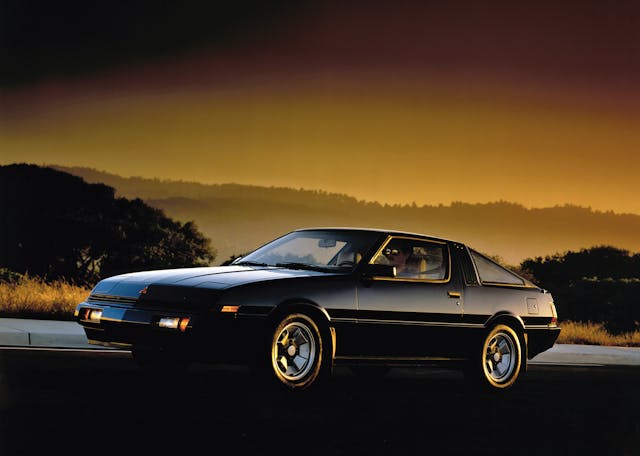
Mitsubishi was on the leading edge of the Japanese sports car craze at the beginning of the 1980s, and the Starion was its primary weapon. The car arrived on the scene just after the turbocharged edition of the Nissan Z and the rotary-powered Mazda RX-7, joining other newcomers like the Toyota Celica Supra. (A major European interloper in this space was the Porsche 944.)
At first blush, the Starion had all the right ingredients. Its sleek hatchback shape concealed an enormous (for a four-cylinder) 2.6-liter engine under the hood, turbocharged to produce 145 horsepower and 181 lb-ft of twist in base spec.
That went up to 178 horses and 223 lb-ft when the ESI-R edition appeared at the decade’s mid-mark. This wide-body version of the Starion offered additional visual punch to go with its turbocharged muscle. By the time the model had run its course in 1989, the intercooled ESI-R (or TSI in Chrysler Conquest parlance) was pushing out over 190 horsepower, managed by a limited-slip rear differential, stopped by four-wheel disc brakes, and controlled via a fully independent suspension at all four corners.
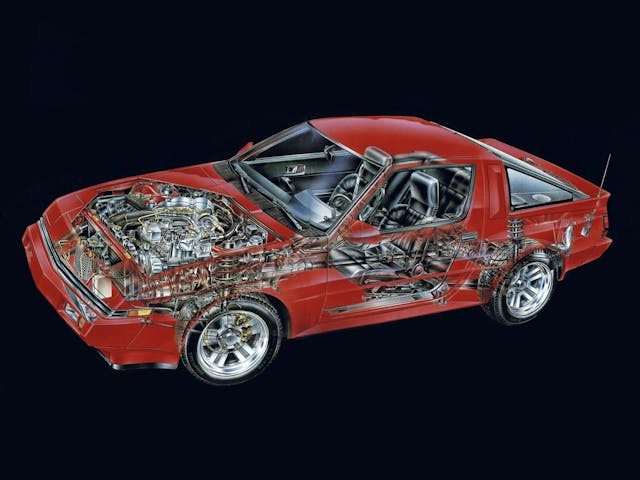
Today, the Starion is a cult car appreciated most by Mitsubishi fans. It does not enjoy the same mainstream recognition lavished on more celebrated contemporaries like the rotary-powered Mazda RX-7, which despite its stranger powertrain rode on a stick axle for the early part of the decade.
Let’s consider two primary reasons why the Starion is still being overlooked by today’s collectors. For one, both the Starion and its badge-engineered Dodge/Plymouth/Chrysler Conquest twins (collectively known as Starquests) were swept from the market in 1989 after only a single generation of production. That disappearance before the turn of the decade meant the Starion missed out on cementing its reputation during the JDM boom of the 1990s, an era that burnished the reputations of its Toyota, Nissan, and Mazda contemporaries. Second, Mitsubishi never again offered a rear-wheel-drive sports car in North America. It chose instead to focus on its Diamond Star Motors (DSM) partnership with Chrysler that yielded turbocharged high-end all-wheel drive and entry-level front-wheel drive sports cars, like the 3000GT VR-4 and Eclipse GS-T respectively.
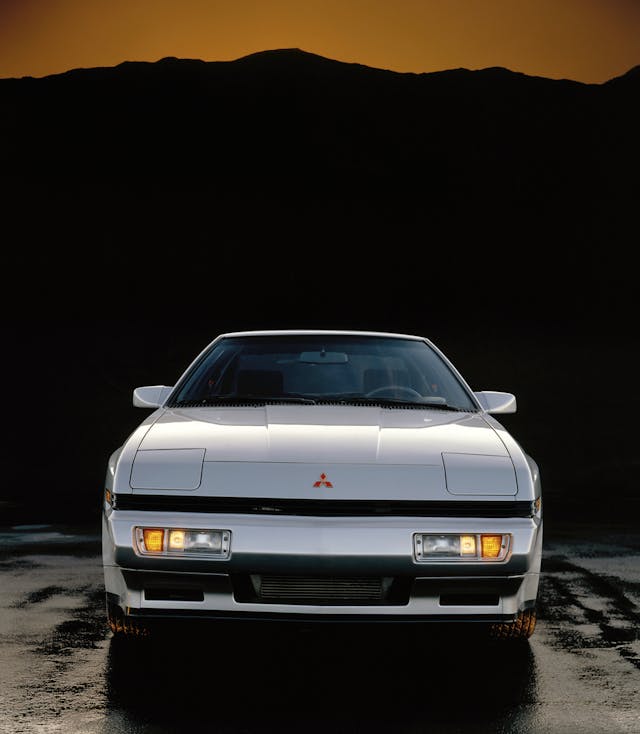
Mitsubishi’s dealer network was also nowhere near the same size as those of Toyota, Nissan, or even pint-size Mazda, each of which had a head start on Mitsubishi establishing roots in the United States. Although its partnership with Chrysler for the latter half of its production helped boost sales, even in its best year the Starion/Conquest twins couldn’t touch half of the volume Mazda was claiming with the fairly niche RX-7.
For a long time, rare did not mean desirable for classic J-tin fans. The Starion’s fortunes might be changing, however; a 1989 Starion ESI-R in #3 (Good) condition is now worth $20,900 on average, which is up a whopping 80 percent compared to this time last year. That’s just a smidge above the #3-condition value for the RX-7 Turbo, at $20,500.
Subaru XT
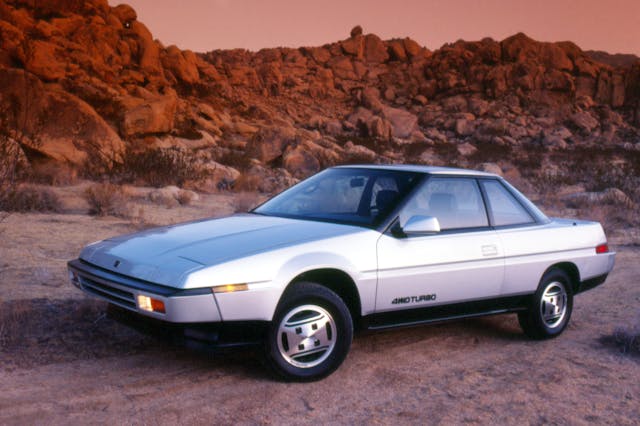
Subaru’s entry into the ’80s sports car sweepstakes was considerably weirder than what Mitsubishi had to offer. Introduced in 1985, the Subaru XT marked a number of firsts for a baby brand still finding its footing in North America. Its aggressive wedge shape looked like nothing else in a showroom filled with sensible wagons and sturdy hatchbacks, and Subaru was quick to boast that the XT’s collection of deflectors, spoilers, and skirts made it the most aerodynamic car on the market at the time.
Open the door and you’d see the coupe’s pistol-grip steering wheel layout and digital dashboard were light years away from the GL and the Brat’s more basic interior. Height-adjustable suspension and a four-wheel drive system were in the mix, too, with high end models featuring an electronically-activated part-time setup that no other Japanese coupe could match at the time.
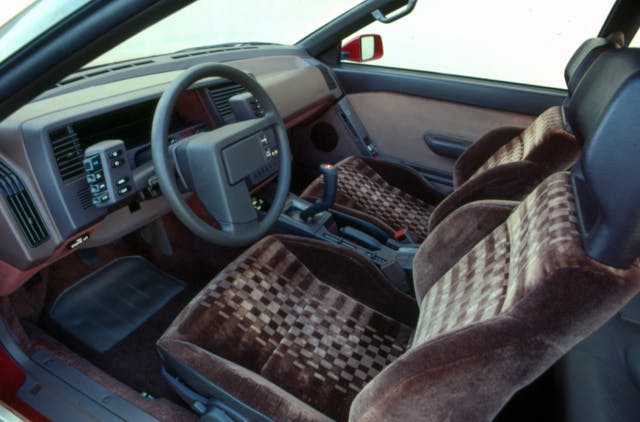
Under the hood was more of a mixed bag. Base models were saddled with a sub-100 horsepower four-cylinder engine hastily grabbed from the parts bin, and even the XT Turbo, with its 140 lb-ft of torque and 110 horsepower, was at risk of being left behind at stop lights by such sporting luminaries as Chrysler’s Voyager SE Turbo minivan.
Sensing how out of step the XT’s performance was with its extroverted looks, Subaru eventually gave the XT a 2.7-liter flat-six engine that improved output to 145 horsepower and just over 150 lb-ft of torque (while also introducing the option of full-time all-wheel drive).
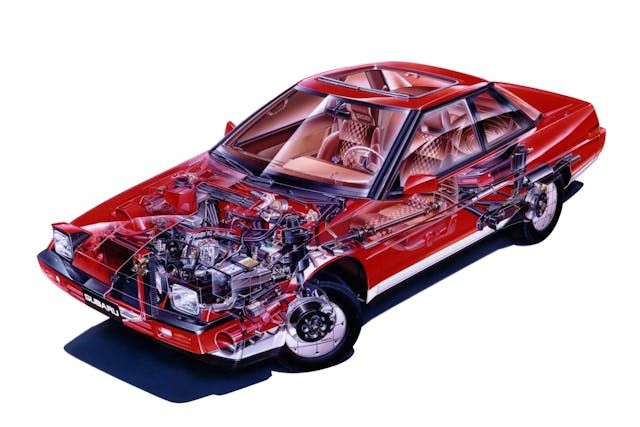
Chances are you’ve never seen a Subaru XT in the metal. Fewer than 8000 examples were built from 1985 to 1991 (with the 1990 model year inexplicably skipped by the brand’s North American division), which makes it the rarest model on the list. So why did Subaru buyers stay away from the XT?
It’s instructive to look at Subaru’s buyer market when the XT arrived on American shores. The coupe’s doorstopper shape landed on the brand’s sensible, value-conscious customer base like an alien ship at the local farmer’s market, perhaps causing more consternation than fascination. (Subaru would immediately make the same mistake again with the SVX coupe’s upmarket attempt in the early ’90s).
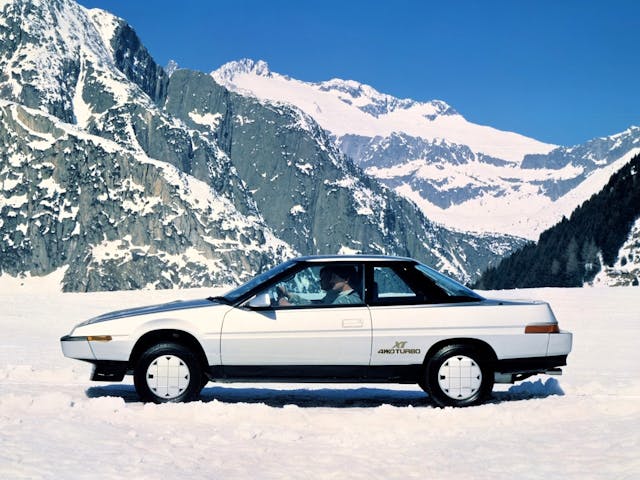
Well before the rally craze of the 1990s, Subaru had at this point zero reputation in international motorsports to latch onto, nor had it ever sold a performance car in the United States. The XT was completely untethered from any potential springboard to respectability with customers outside its sphere of influence. Combine all of that with a botched launch, by the time the XT6 arrived in ’88 the chance to straddle the sports car/grand touring line (like the Supra or the 300ZX) came and went before the XT6 could make a dent.
Even today, the XT has no ties to the rallying reputation Subaru eventually built, and its part-time four-wheel drive and adjustable suspension may seem to some more of a liability than a bonus after four decades. Forever outside looking in, the XT occupies an abandoned branch of the Subaru family tree that even brand evangelists haven’t tended to. The best examples in the world are worth $13,500 on average, but#4-condition (Fair) examples are worth just $1600.
Nissan 200SX
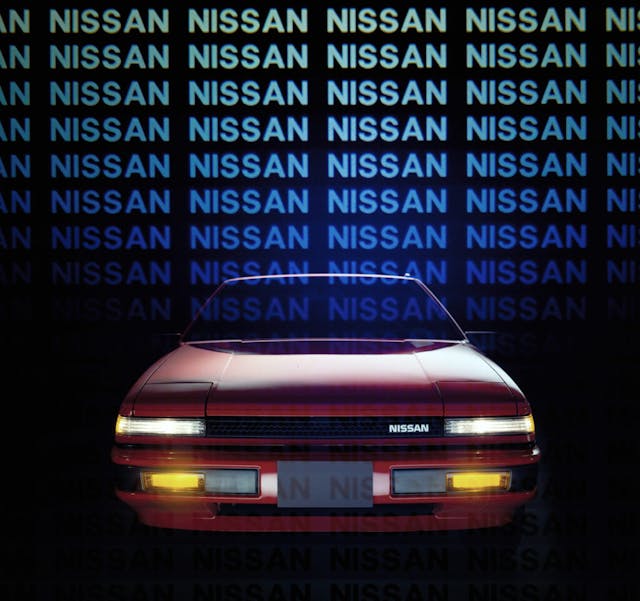
The AE86 Toyota Corolla has become the default image for Japanese sports car fans picturing affordable 1980s fun. Aided and abetted by a starring role in a certain tofu shop delivery manga and anime series, the Corolla far outshines its near-identical contemporary rival, the Nissan 200SX. Also known as the S12 Silvia, this rear-wheel-drive, pop-up headlight coupe-and-hatchback combo had all the same moves as its Corolla antagonist when it arrived in 1984; yet in 2023 it’s more likely to be misidentified at a distance as a Toyota than celebrated as an equally fun-to-drive Nissan.
Like the AE86, the 200SX started out with four cylinders under the hood, but it one-upped its Toyota competition by supplementing its 105 horsepower base motor with a turbocharged, 1.8-liter unit that was good for 120 horses (4 more than the high-revving Corolla GT-S). By 1987 the AE86 was history, but the 200SX soldiered forward with even more muscle, snagging the 3.0-liter V-6 from the base 300ZX and lobbing a 160-horsepower hand grenade into the sport compact performance scene.
Still, the fact that the S12 Silvia both outgunned and outlasted the AE86 Corolla didn’t matter. After 1989 the 200SX was gone, and in its place arrived the Silvia that everyone remembers: the S13. Sold as the 240SX in the U.S., the larger, long-hooded coupe finished off the thunder theft that the AE86 started, and the 200SX’s name was rarely spoken again.
There is an argument to be made that Nissan’s focus on the Z is part of the reason the spotlight shone less on the 200SX. A company selling the same V-6 engine in both a lightweight, rear-wheel-drive hatchback and a much more expensive, sporty GT car would have a hard time convincing buyers to pay more for the more expensive car on the other side of the showroom. This wasn’t a problem in Toyota showrooms, where the Supra was so clearly differentiated from the AE86.
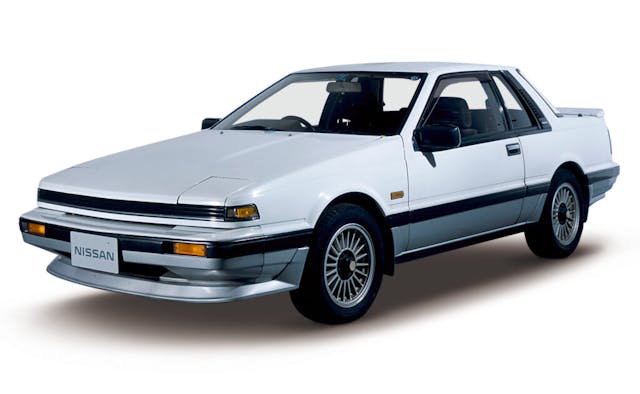
The next-generation Silvia, the S13, arrived in America entirely absent the turbocharged fury with which it prowled Japanese streets. The S13-gen 240SX was outfitted with the KA24DE truck motor—a four-cylinder that never crested 155 horsepower even when it was carried over into the next-generation S14 in 1995. Though some blame high insurance rates for anything with a turbocharger, it’s easy to imagine Nissan being concerned about a turbo S13 Silvia sapping ZX sales, which were a tidy profit center in the U.S. market. Naturally, fans of the S13 and the S14 on our shores engaged in judicious JDM engine swapping to unlock the performance potential of the 240SX platform, helping elevate the Silvia to its current drift royalty status.
The 200SX got neither the AE86’s pop culture cred nor did it enjoy the aftermarket attention showered on its 240SX successor. Until some copyright-avoiding media powerhouse reboots an alternate-reality edition of Initial D and calls on the Nissan to assume the starring role, it’s unlikely to ever reach a similar level of collector significance.
***
Check out the Hagerty Media homepage so you don’t miss a single story, or better yet, bookmark it. To get our best stories delivered right to your inbox, subscribe to our newsletters.



Could have but never did. They lacked the styling to pull it off and really lacked the power in an era that was already lacking power even in bigger and better engines.
The Mitsu was the closest as it did have style and could be made faster but lack of quality and dealers and parts doomed it.
So to paraphrase Thompson only slightly, they were “too weird to live, but not too rare to die.”
Im a bit of an expert on the starion, I have an 83 flatty, and an 86 fatty, and I think your power specs are just a touch higher than reality, but close enough. With a few gentle modifications, you can nearly double the power out of this 2.6l four banger. They were made for 6 years, the first 3 years were narrowbody (flatty) only, the latter years sported widebody (fatty), much wider fenders, and wheels, and included an intercooler. The last 2 years had SHP(sport handling package) with even wider wheels and adjustable shocks. These cars were an attempt at making comfortable sports car, before this car, sports cars were not comfortable, and most luxury cars were not very sporty, this tried to make both, they had 5 position seats, air conditioning, power brakes, steering, windows, 5 band EQ, 6 speaker stereo. Those things are common on all cars now, but back in the 80s, they were luxury car things not found in sports cars. I have modified my 86 to run the exhaust through the hood, and made a tractor flapper that blends into the hood for stealthyness. Its very very loud, like being at the racetrack, and im surprised that I dont get pulled over more often. Im considering putting it up for sale, if I get the right price for it.